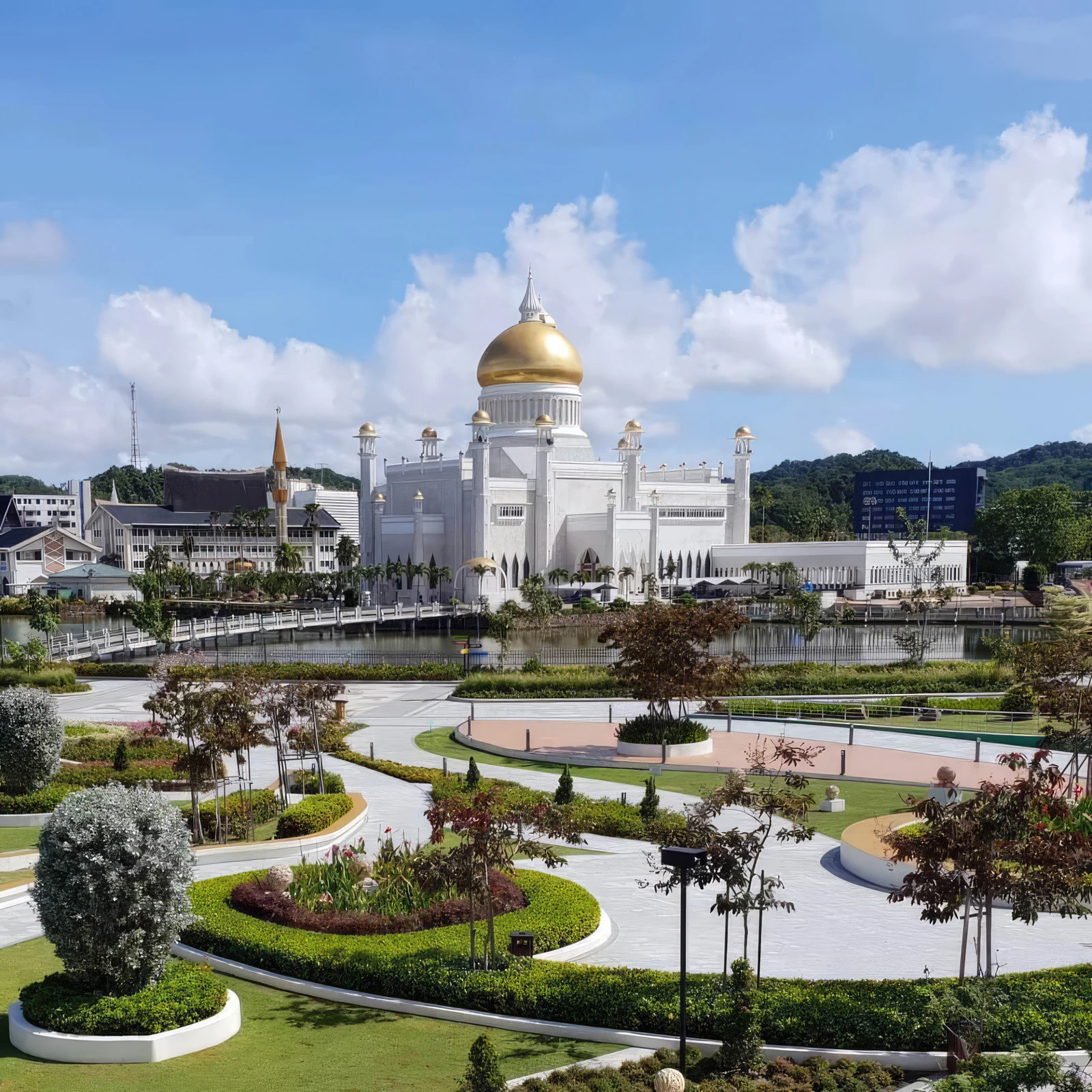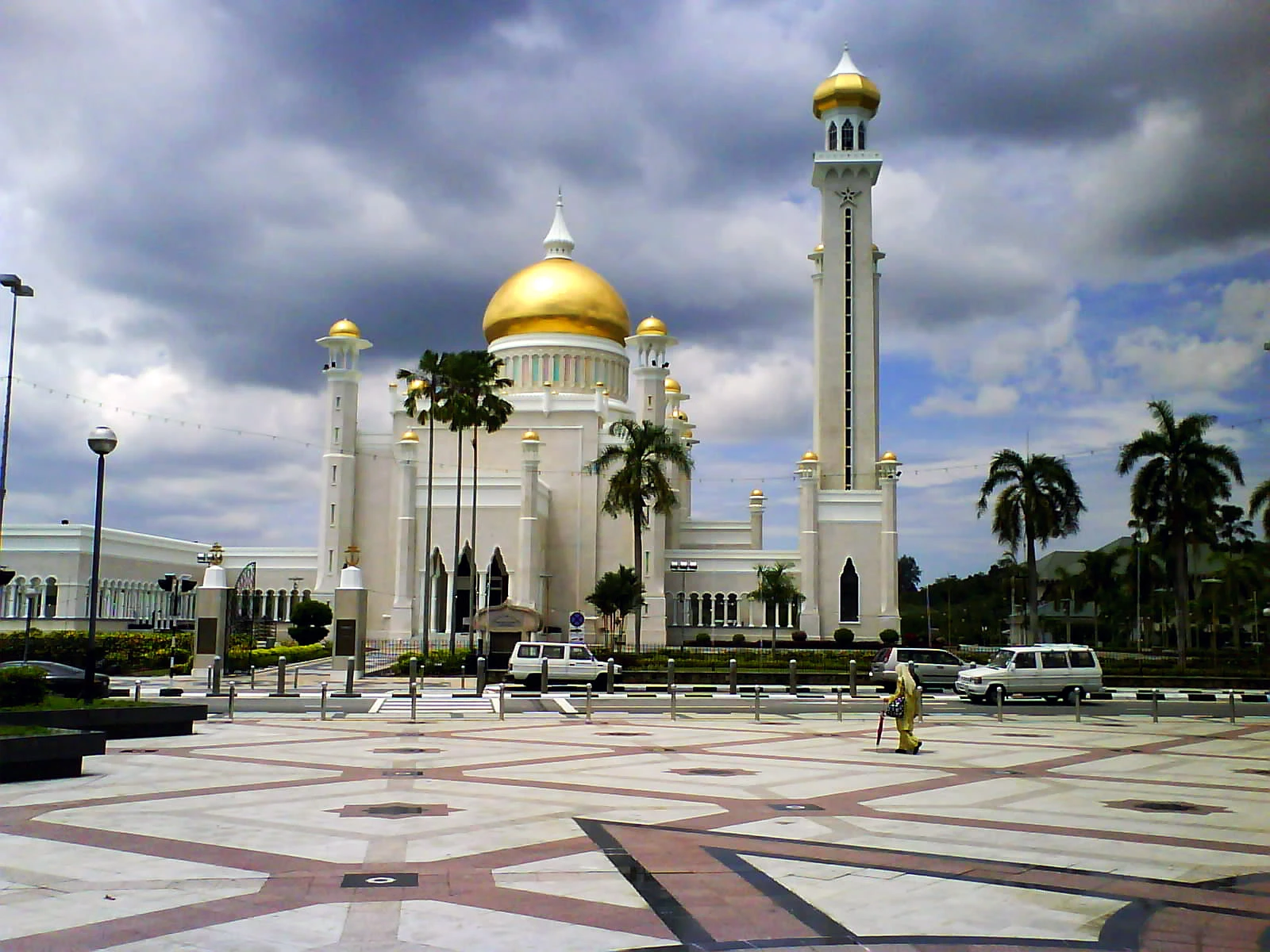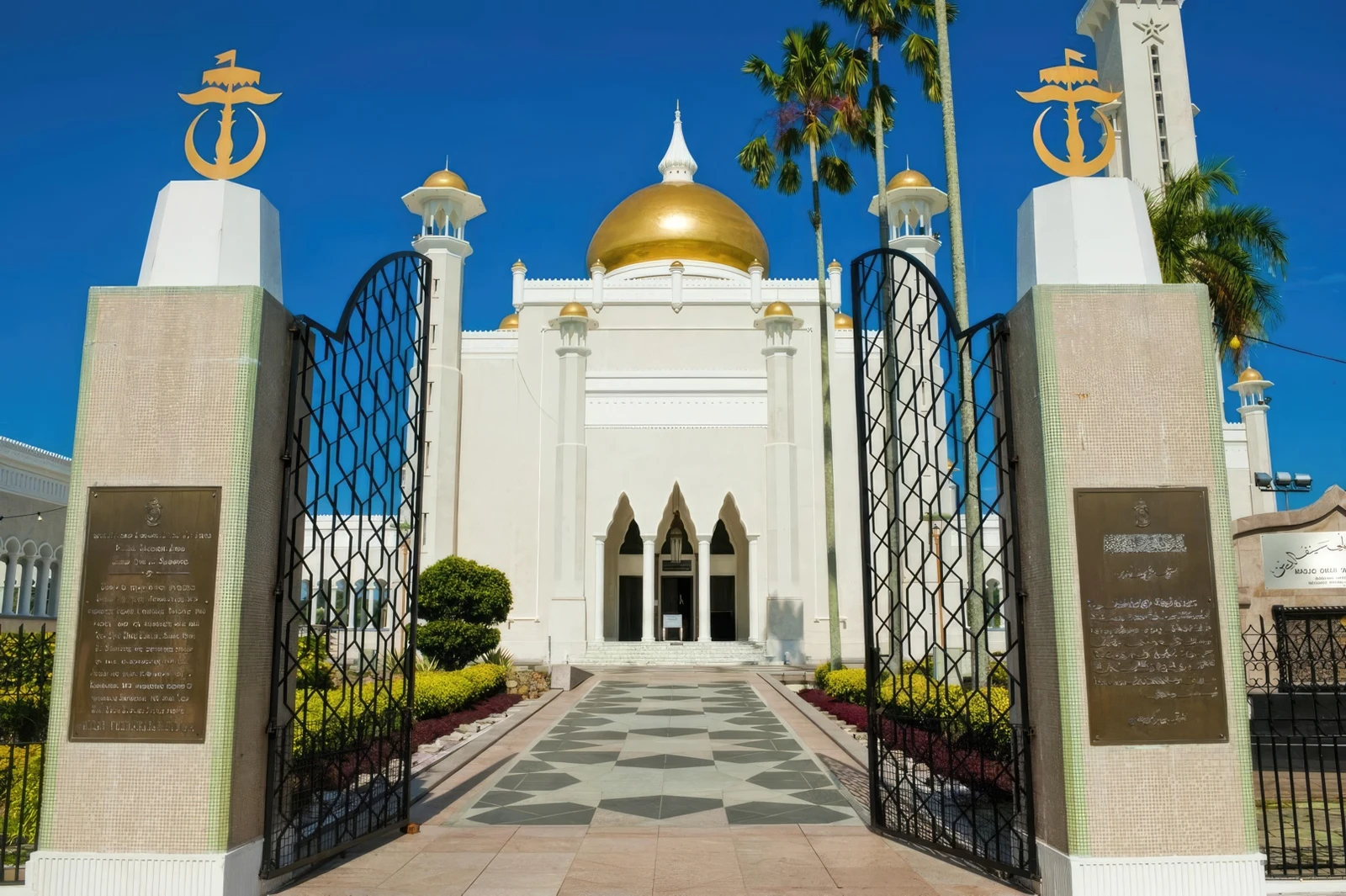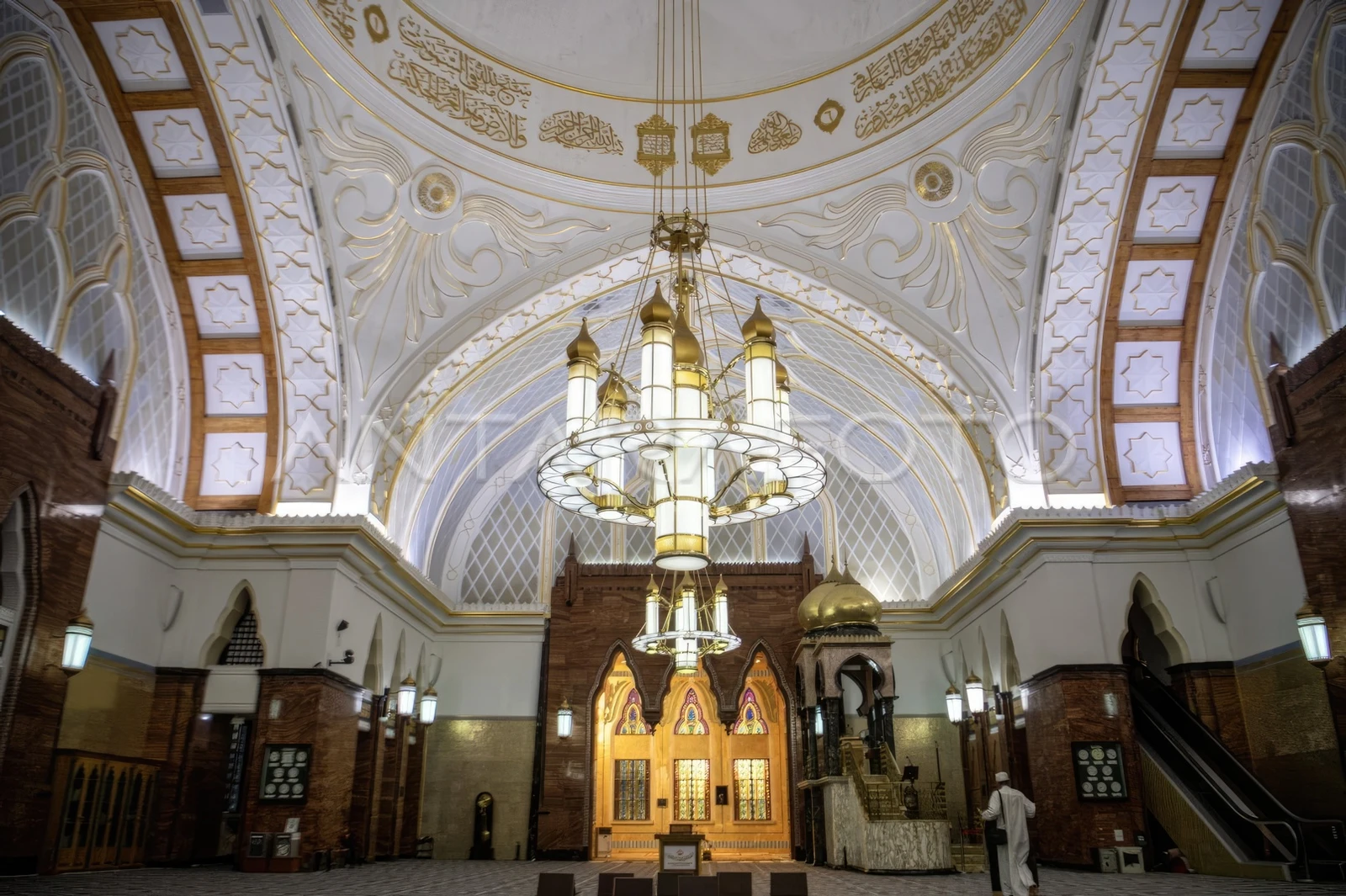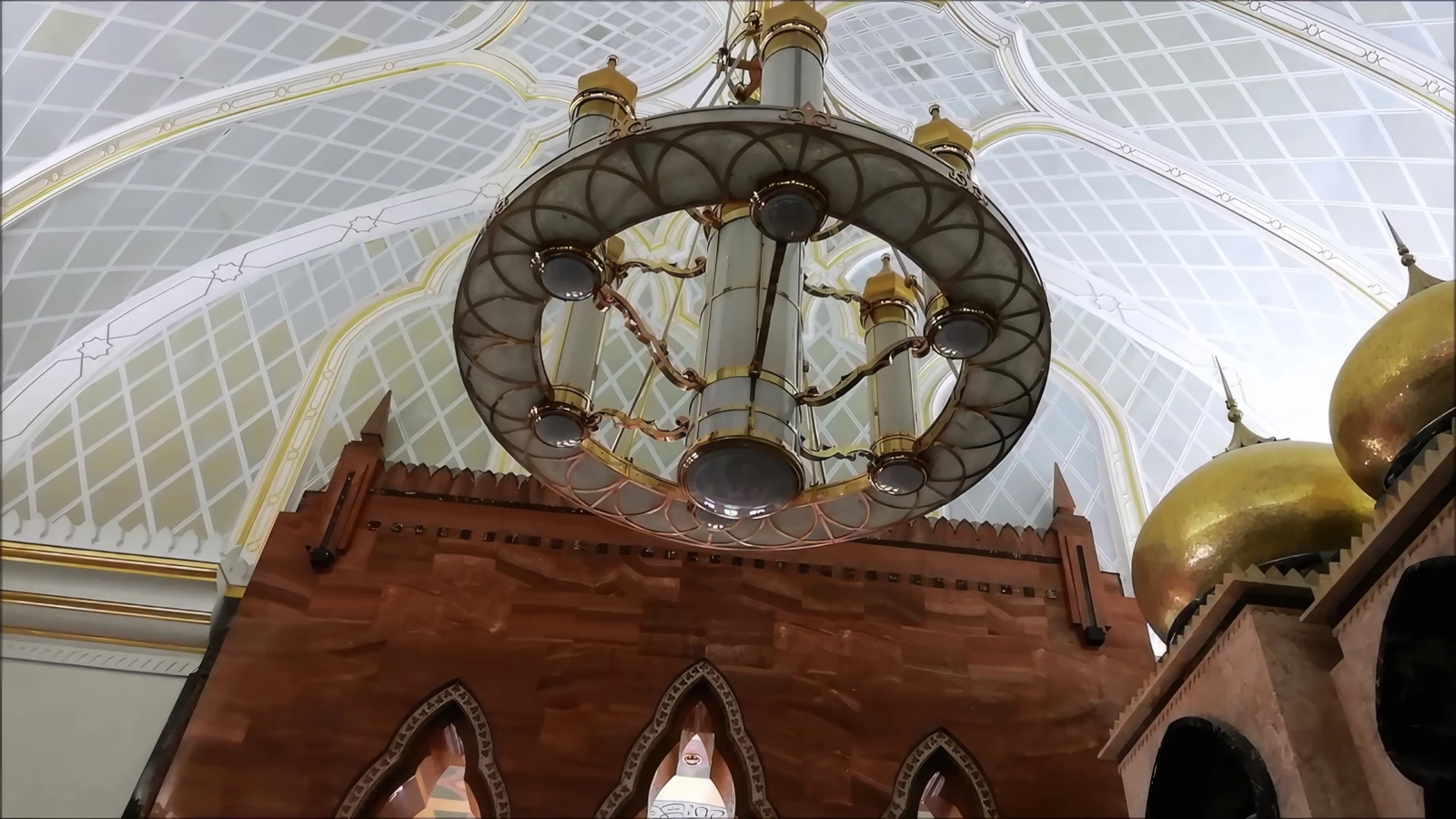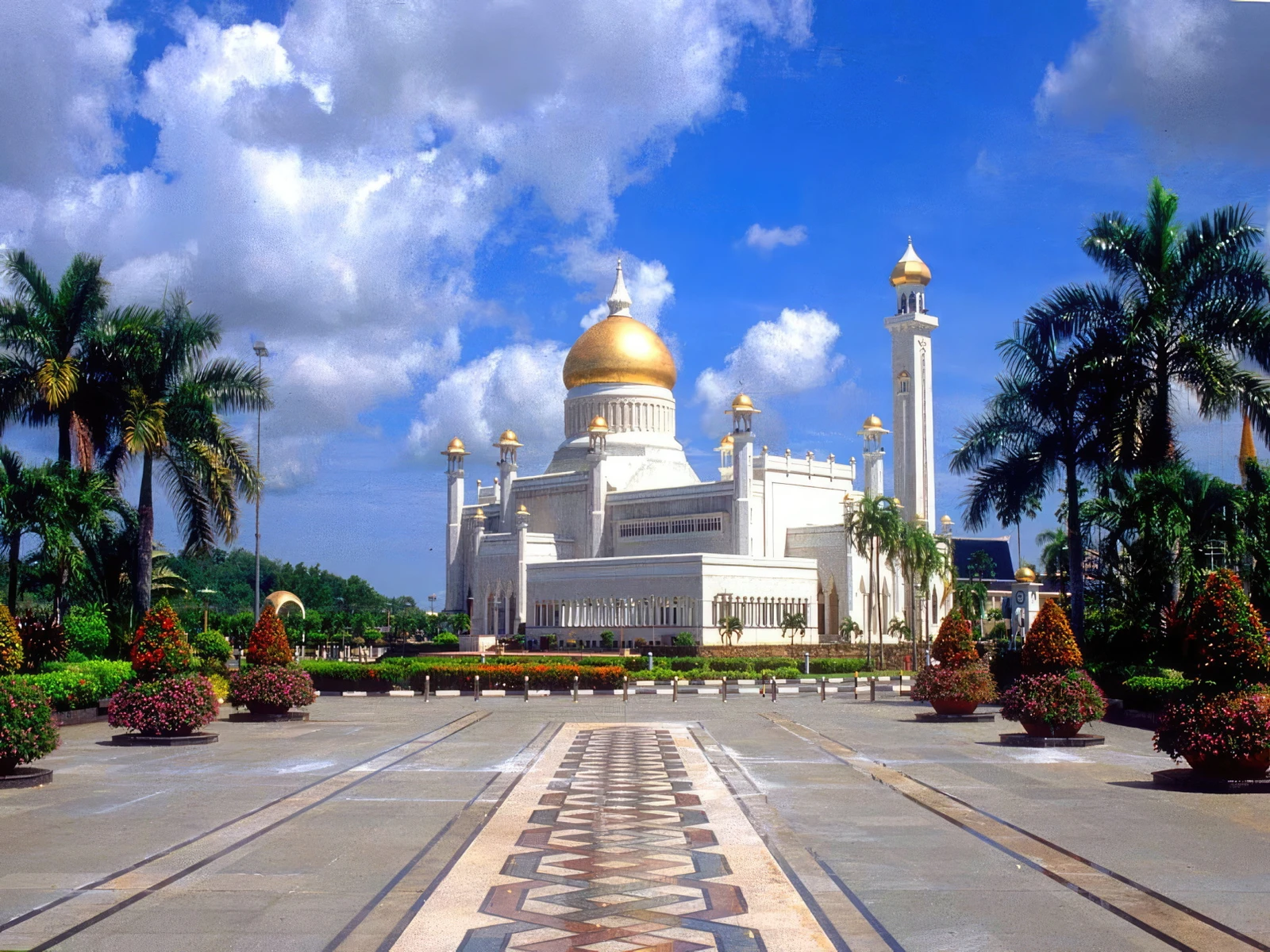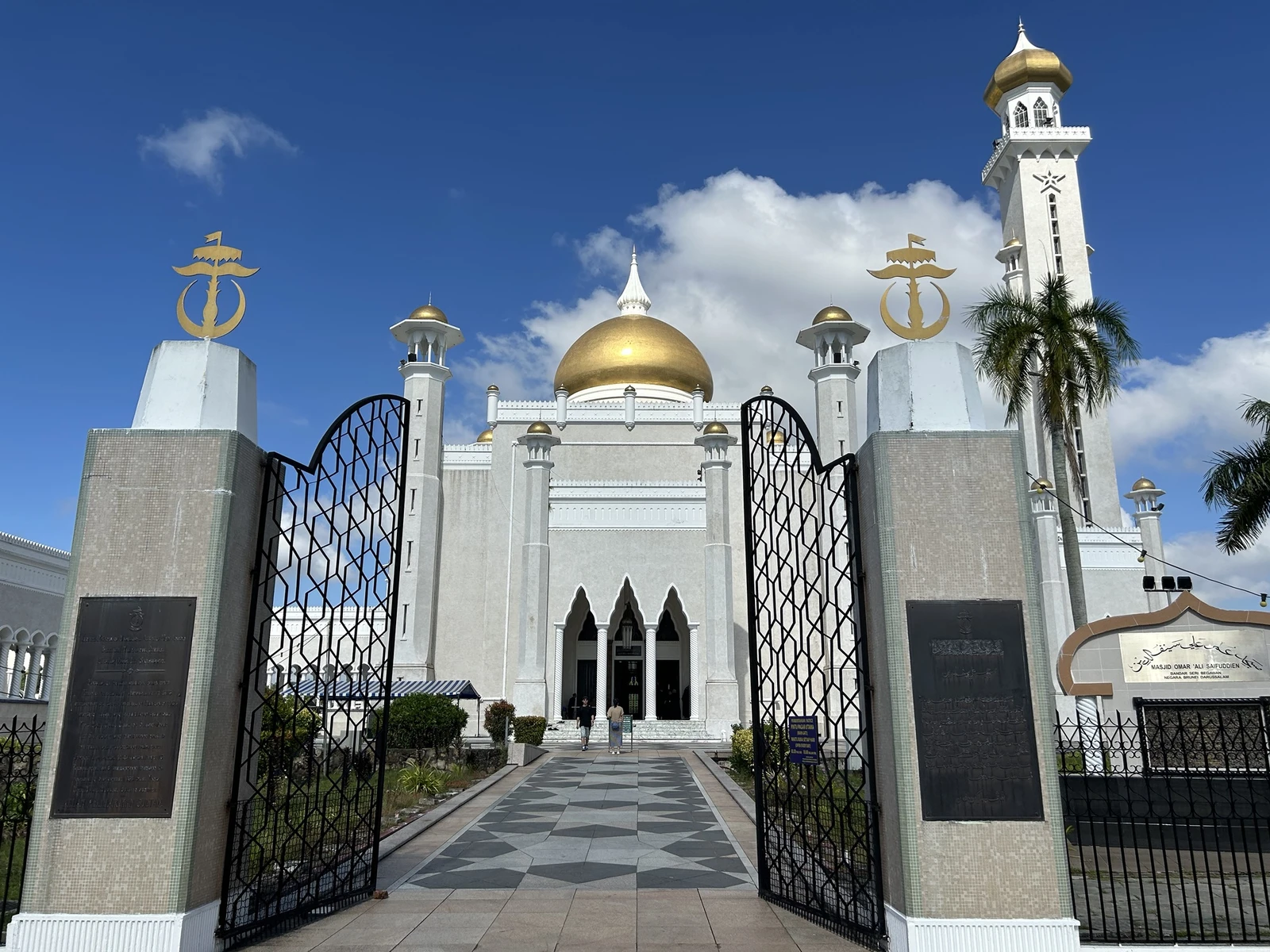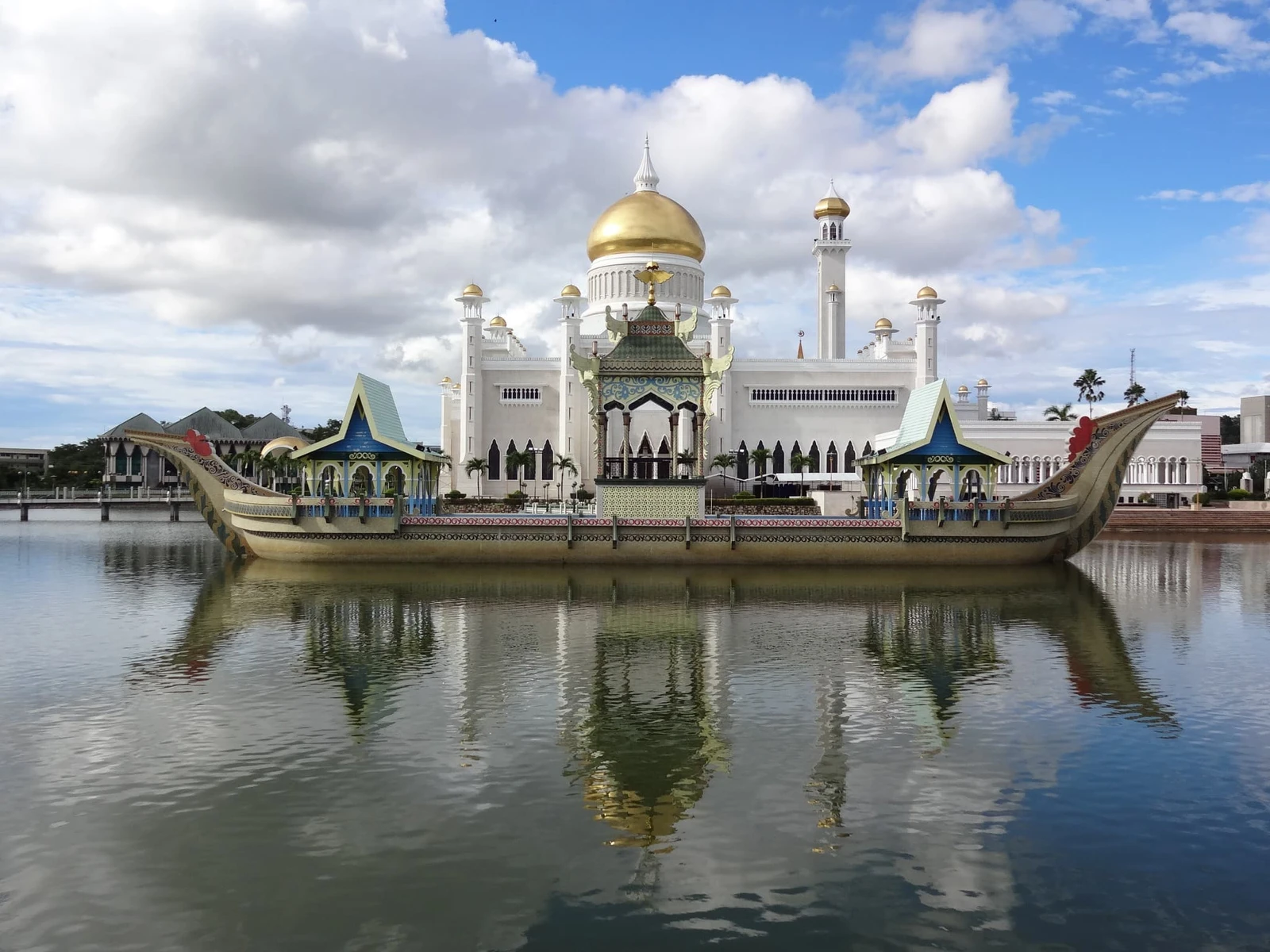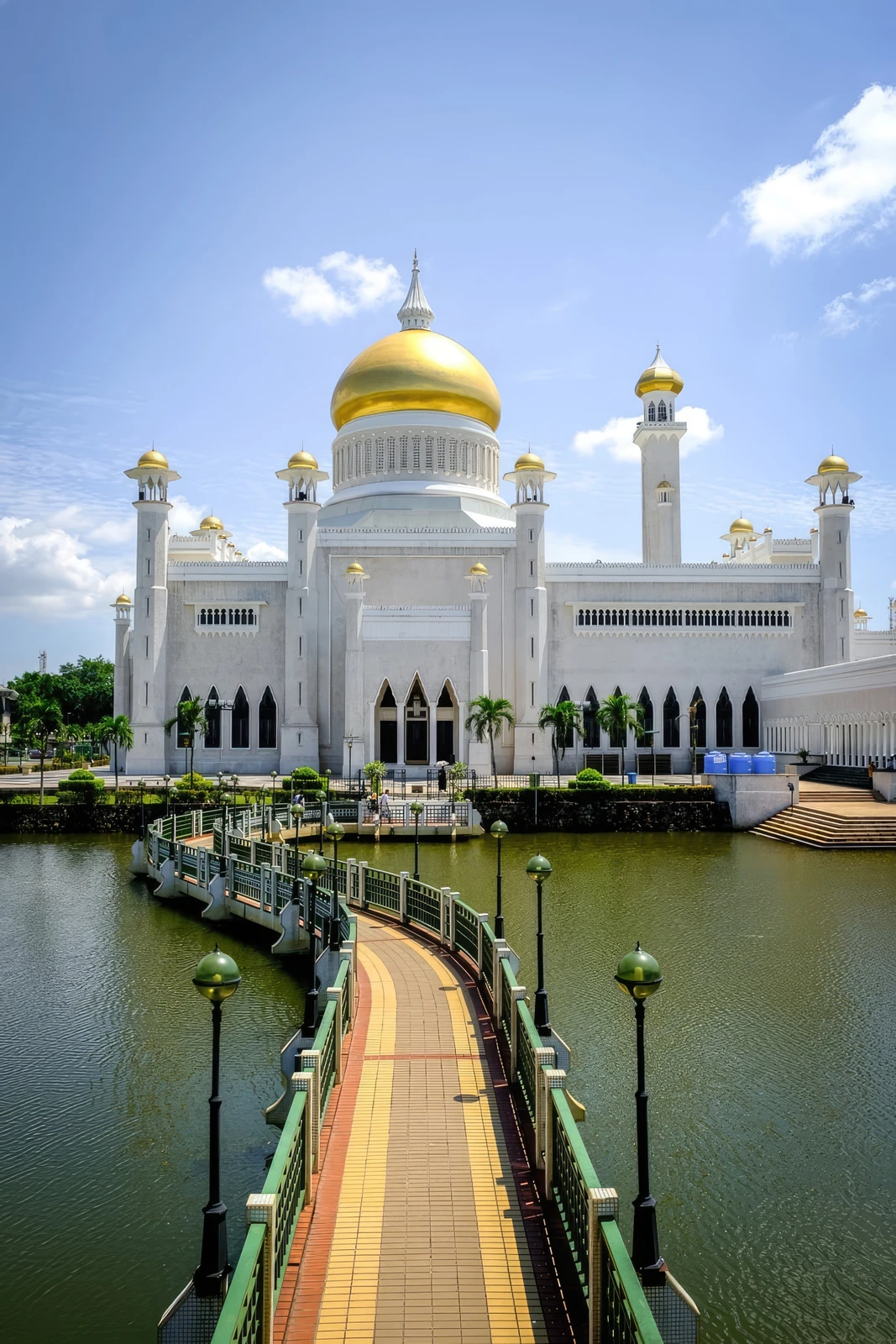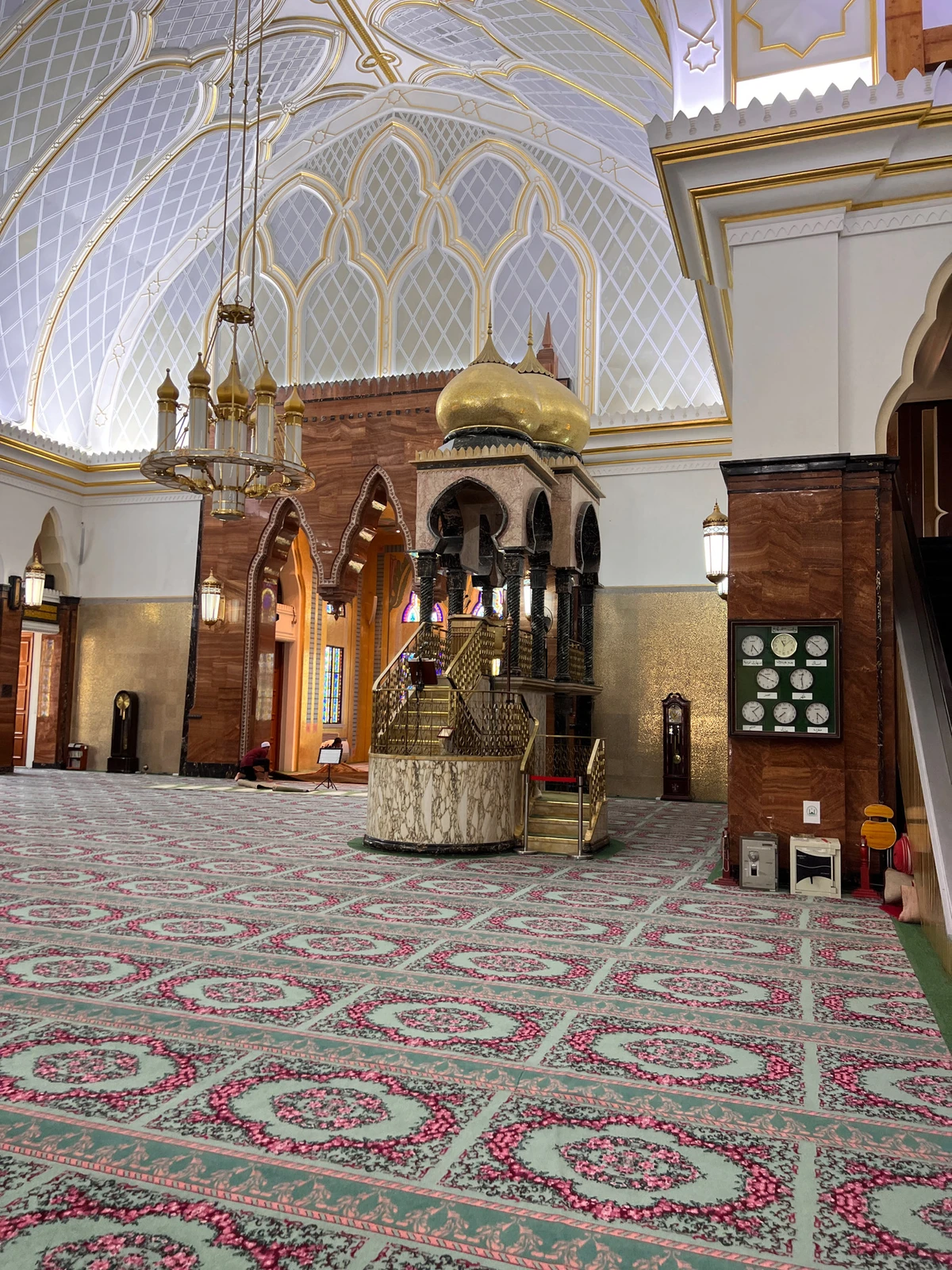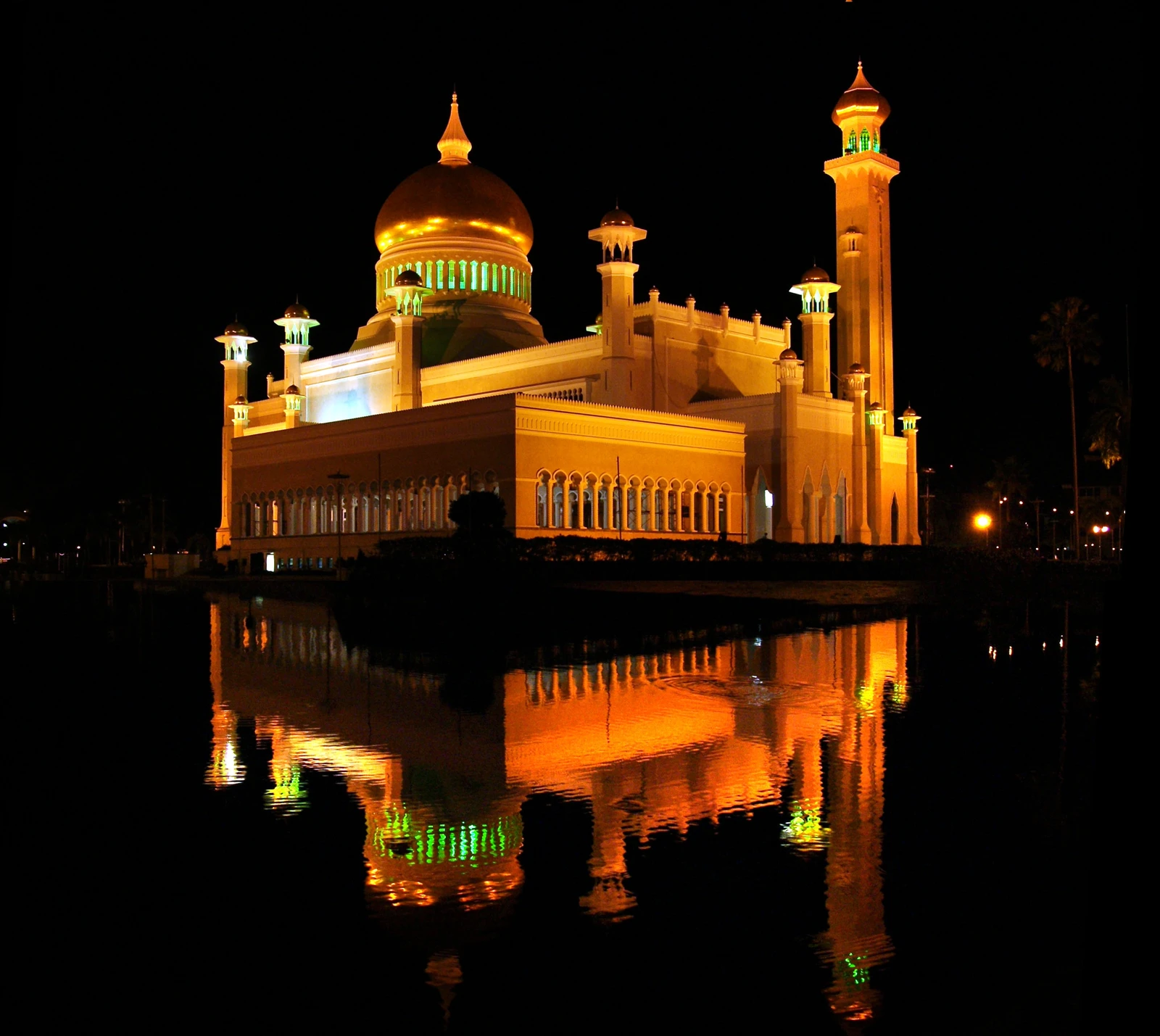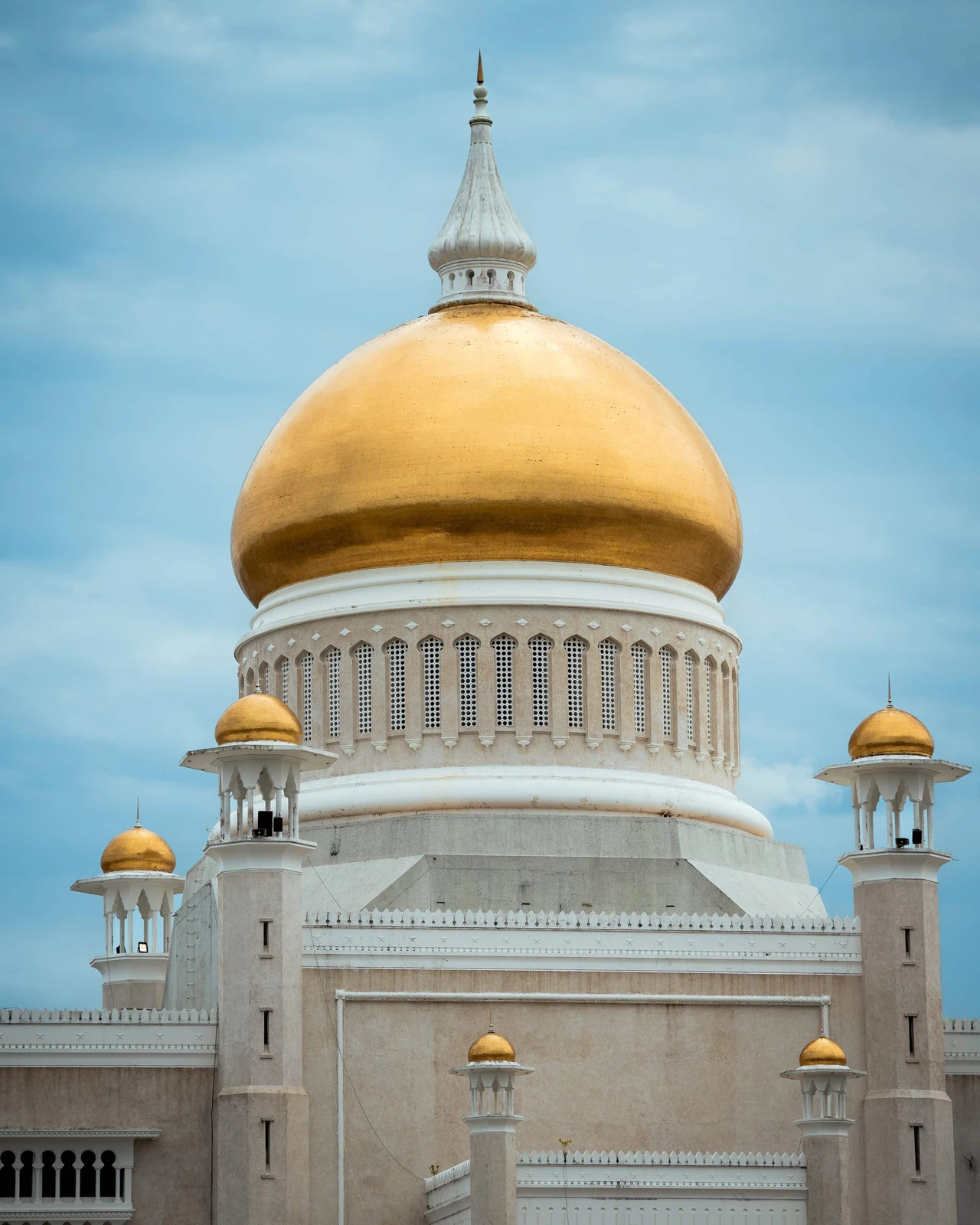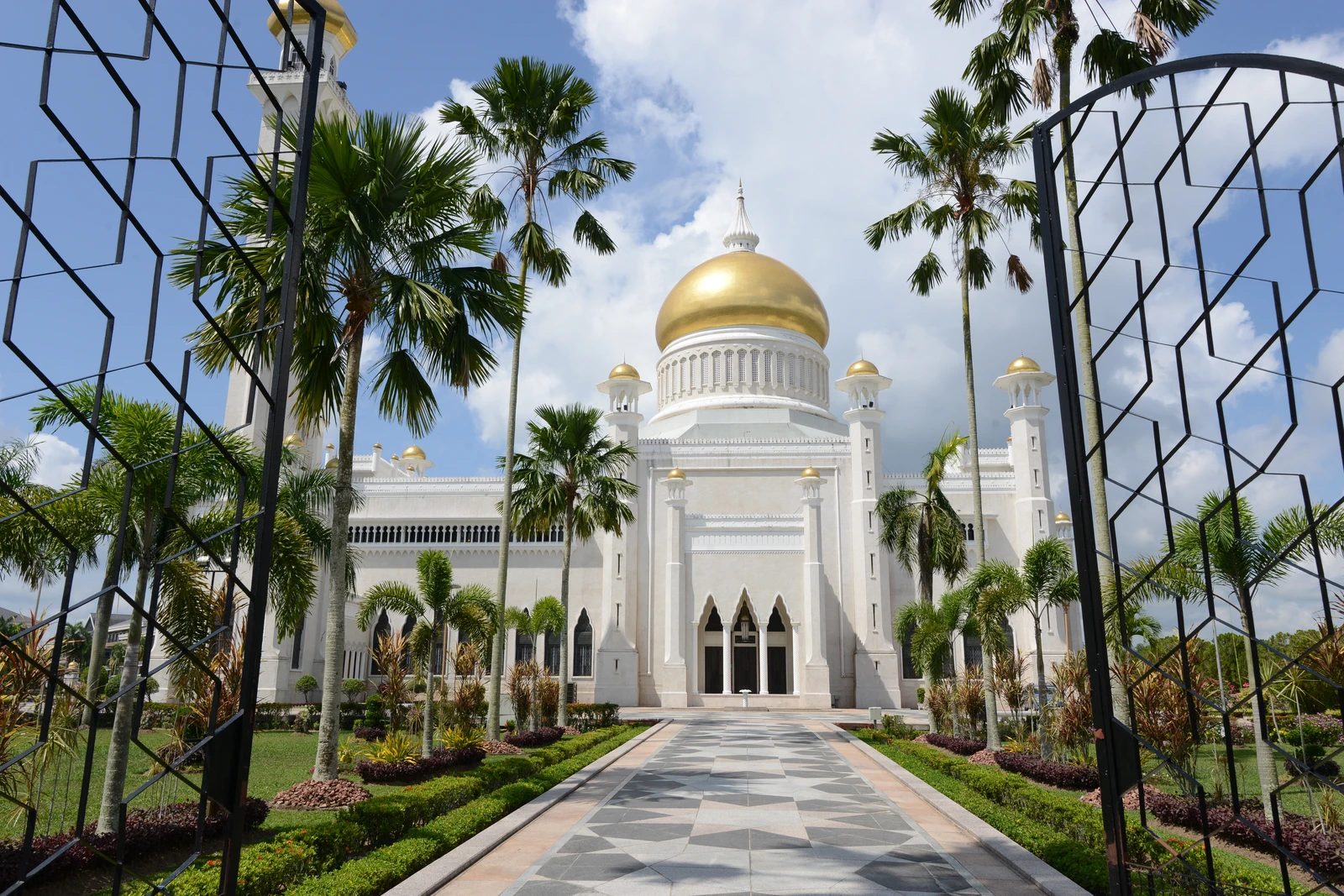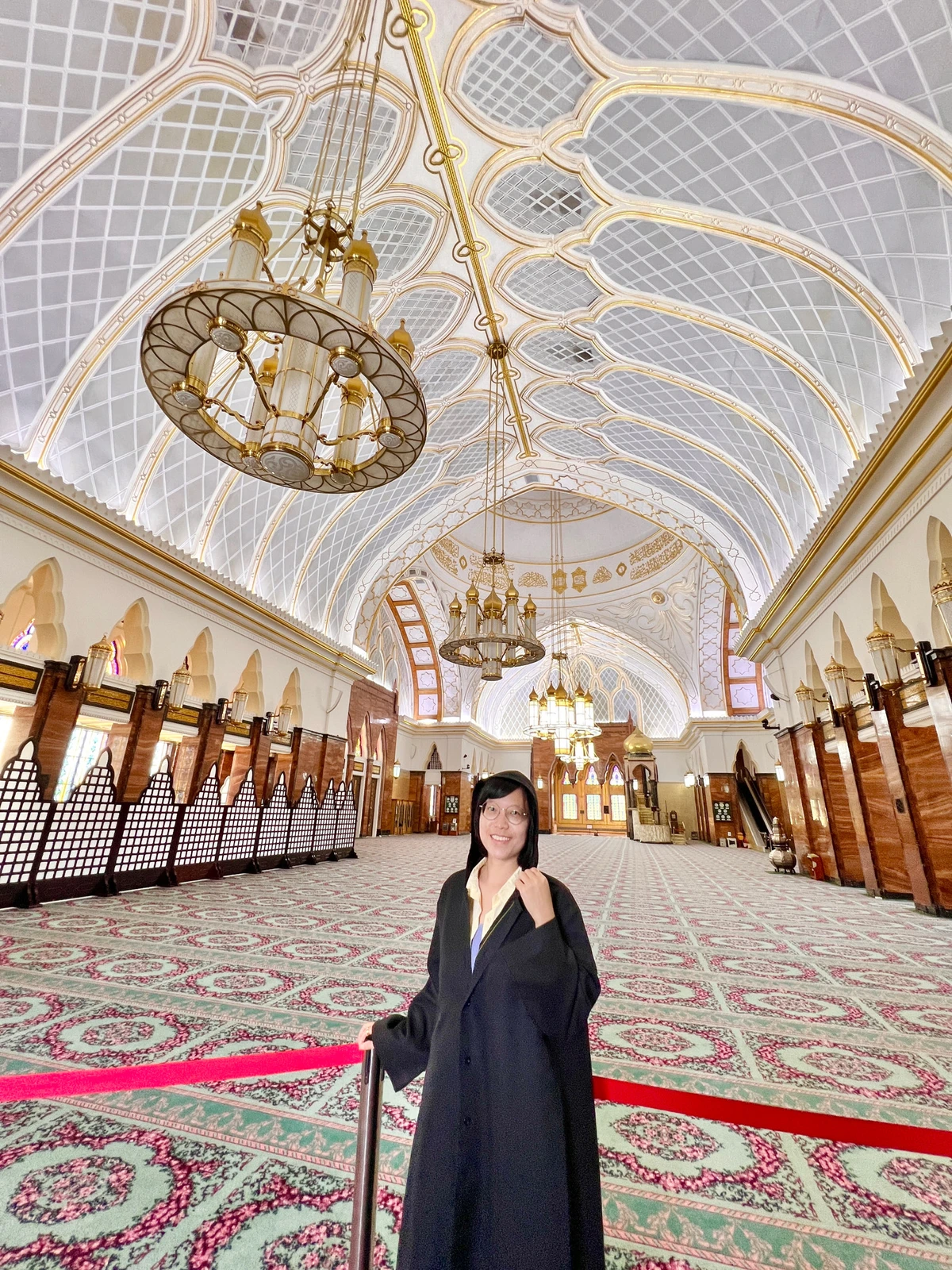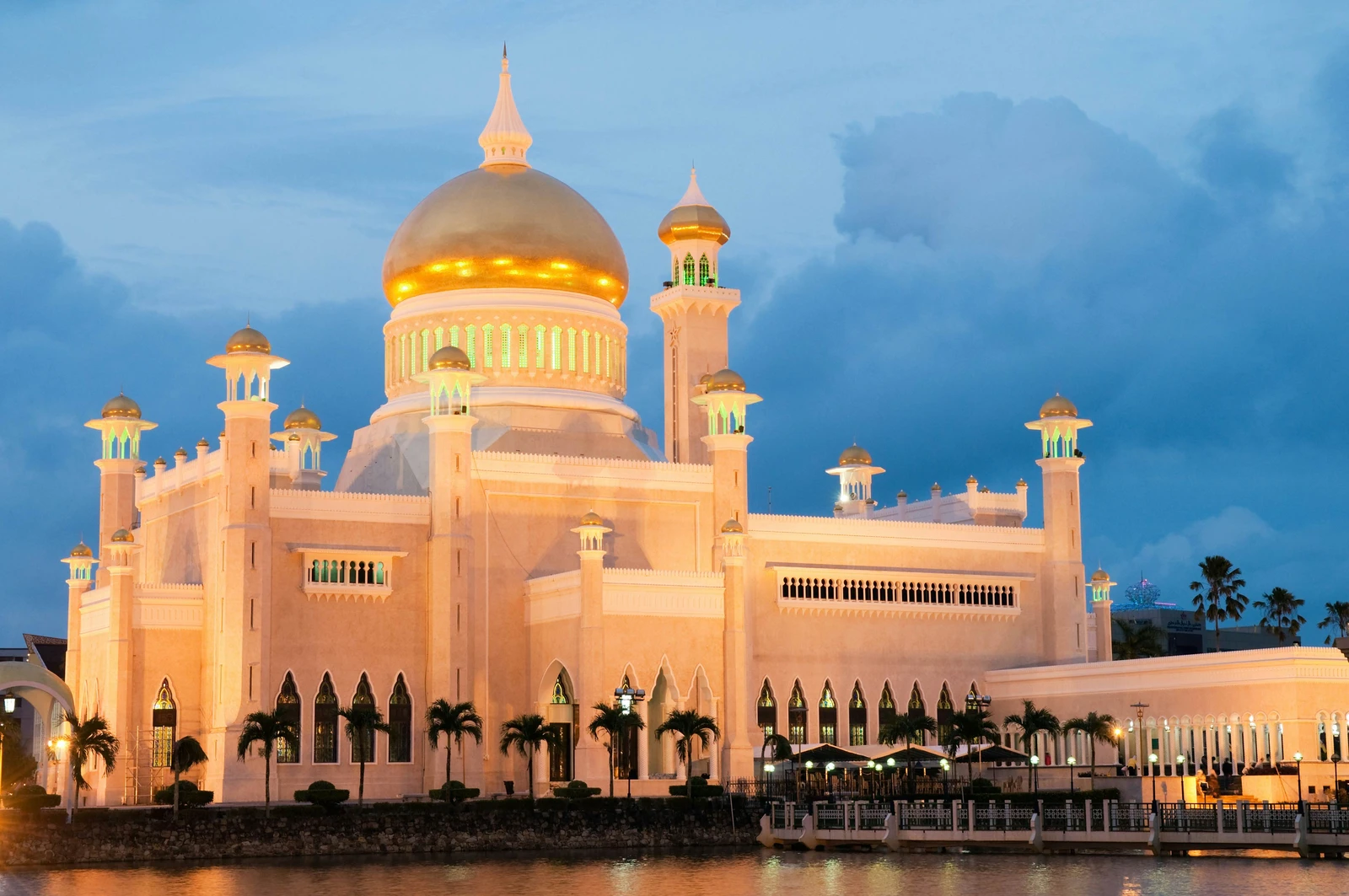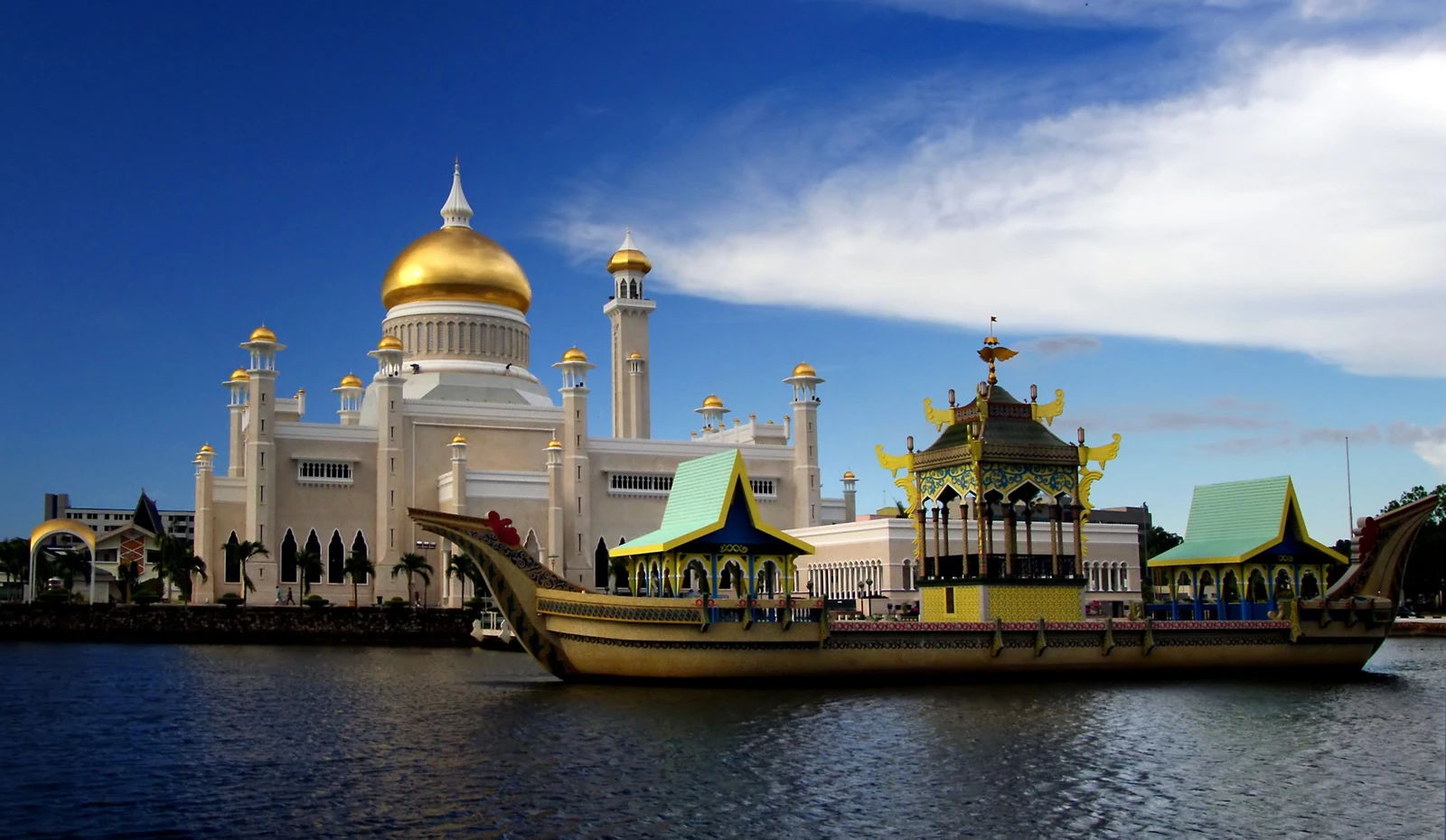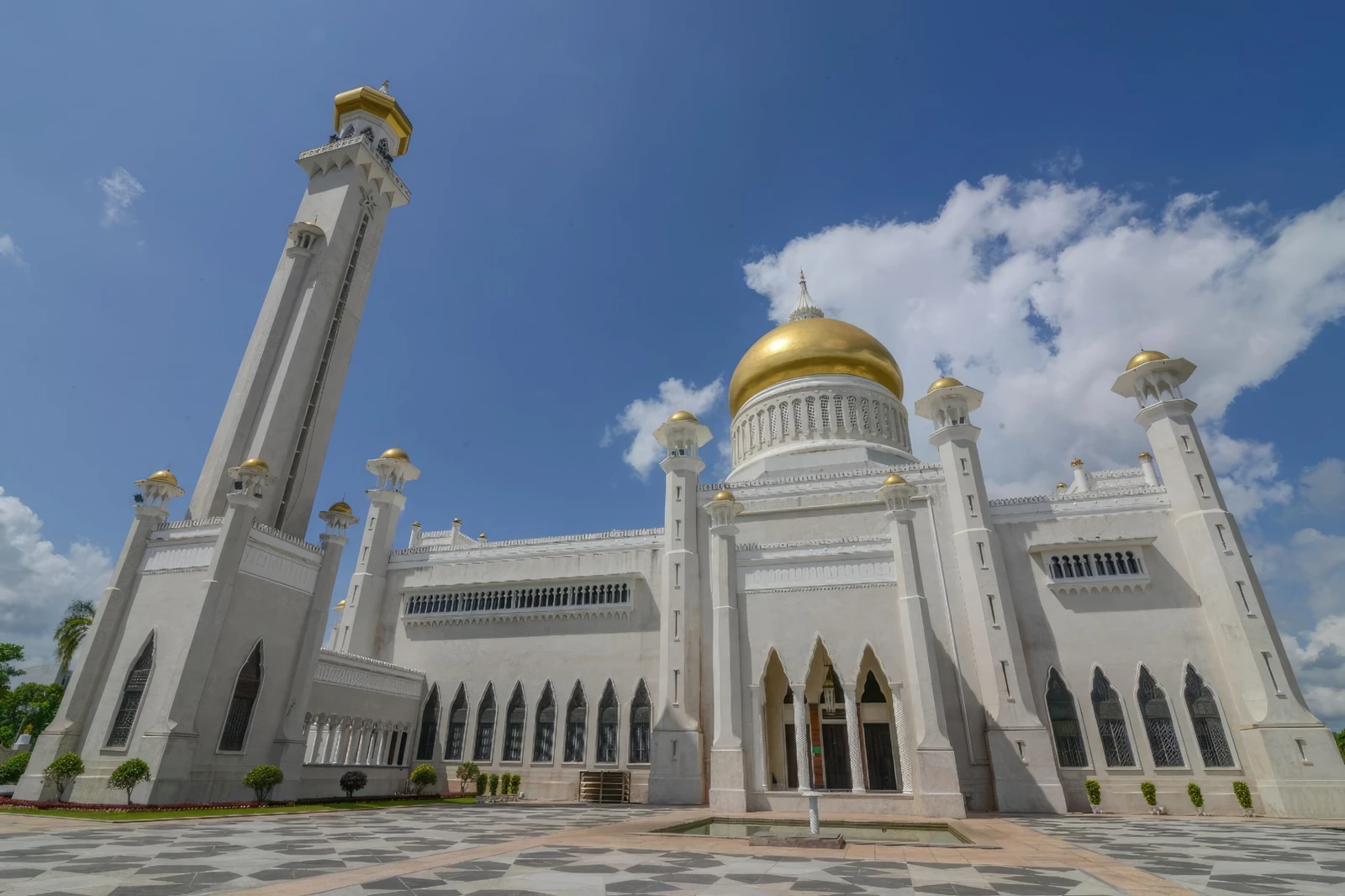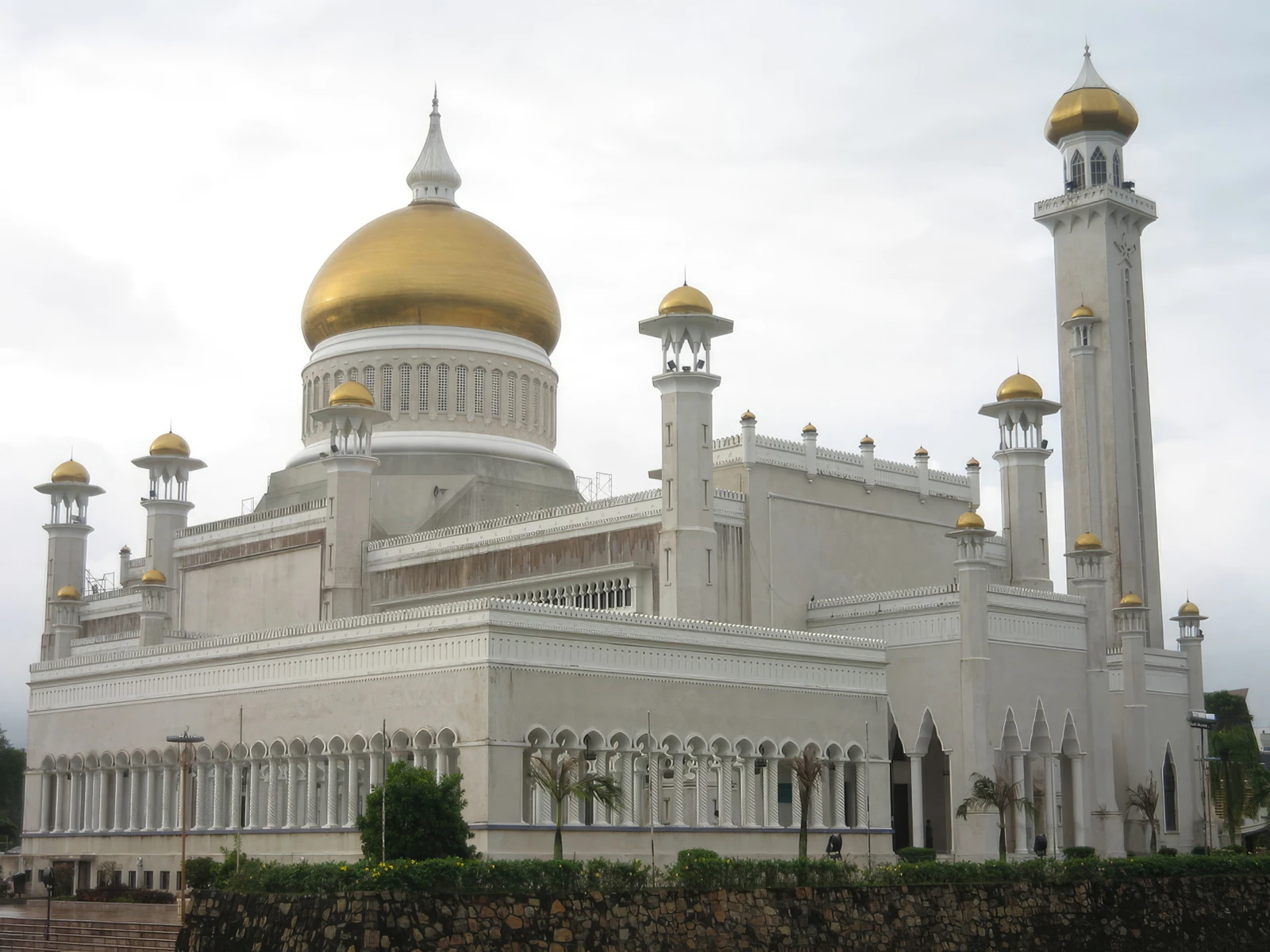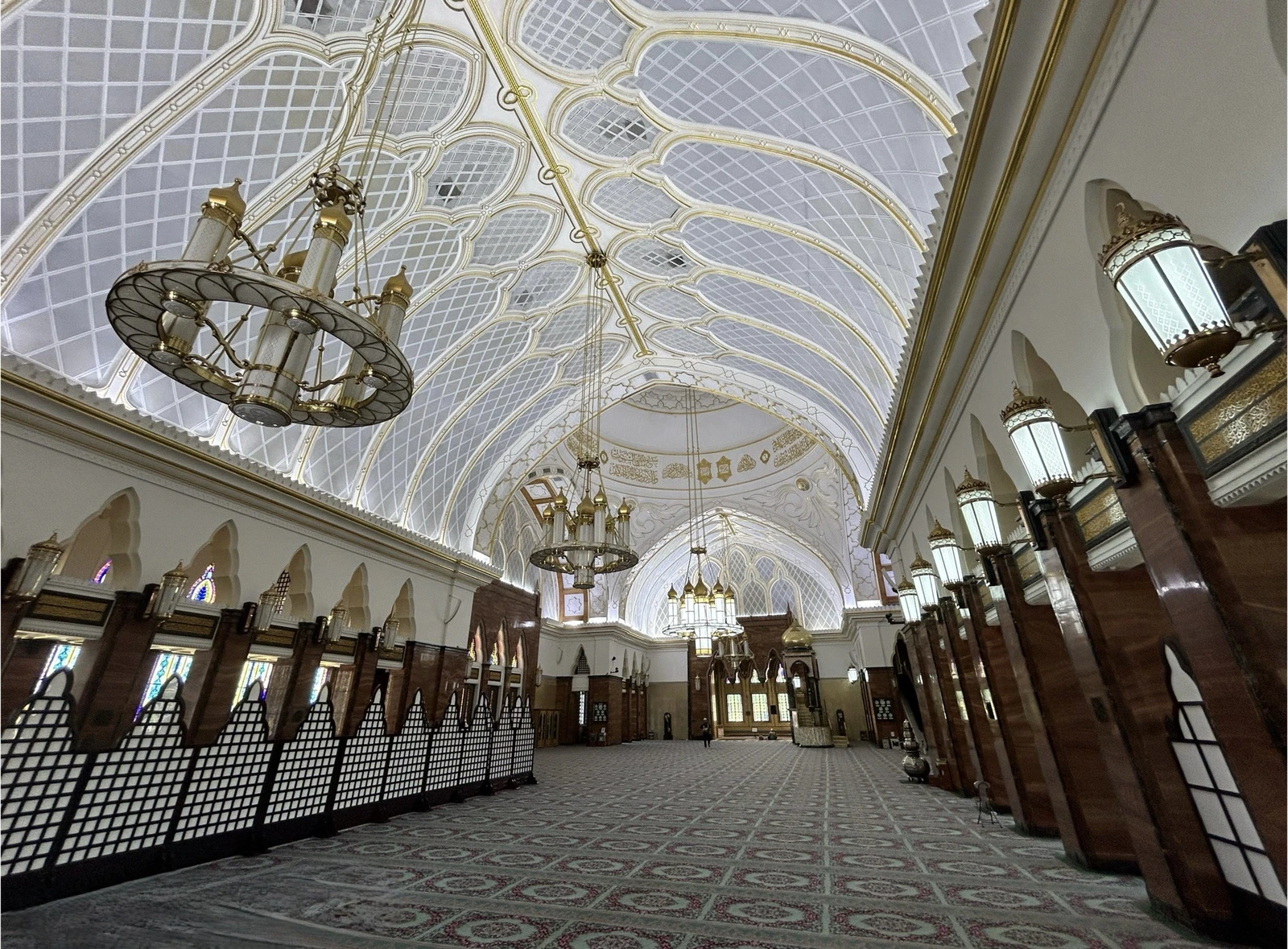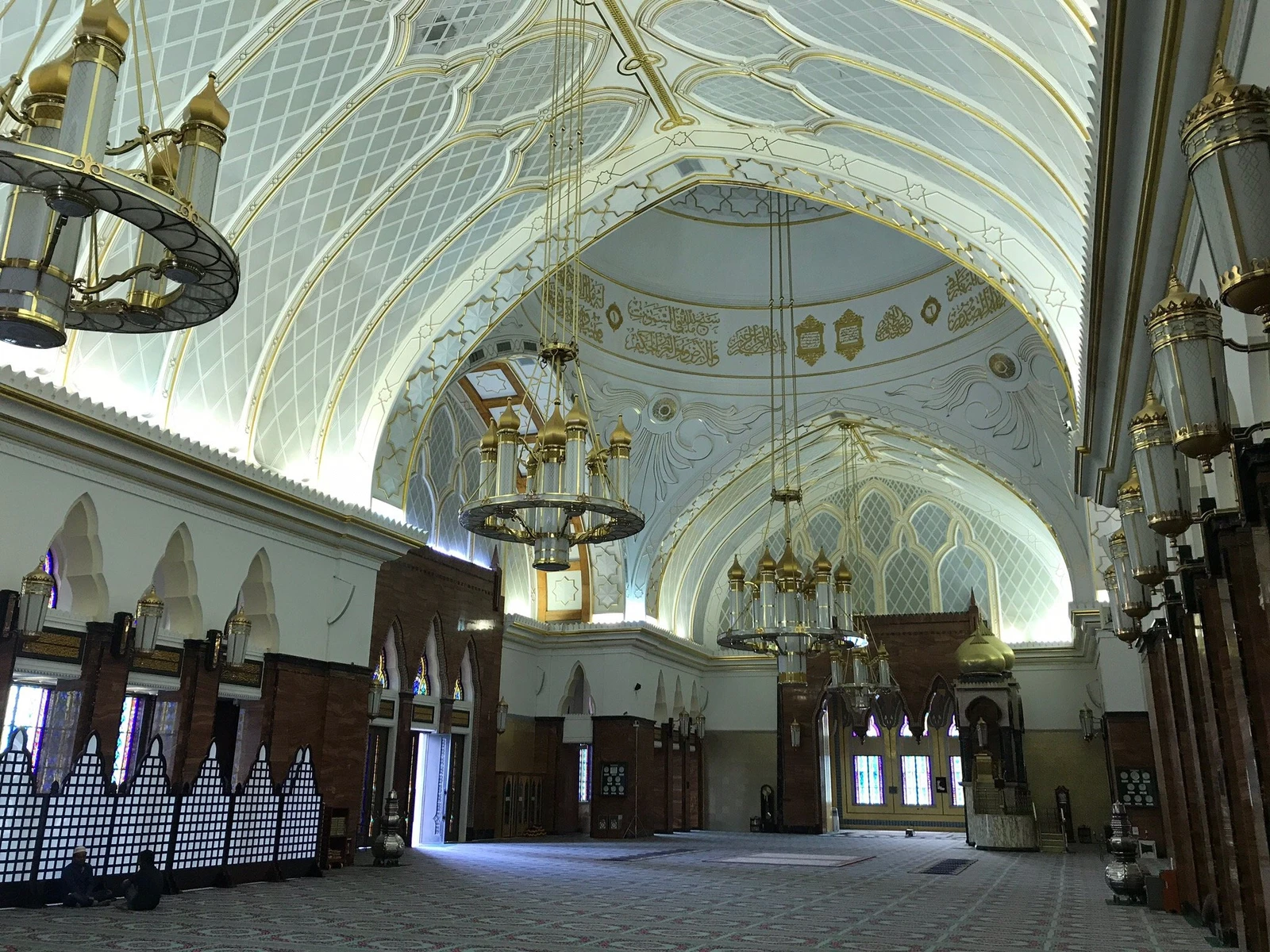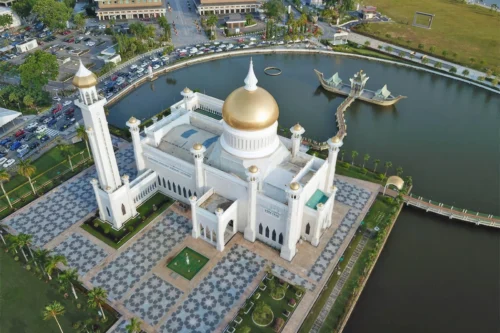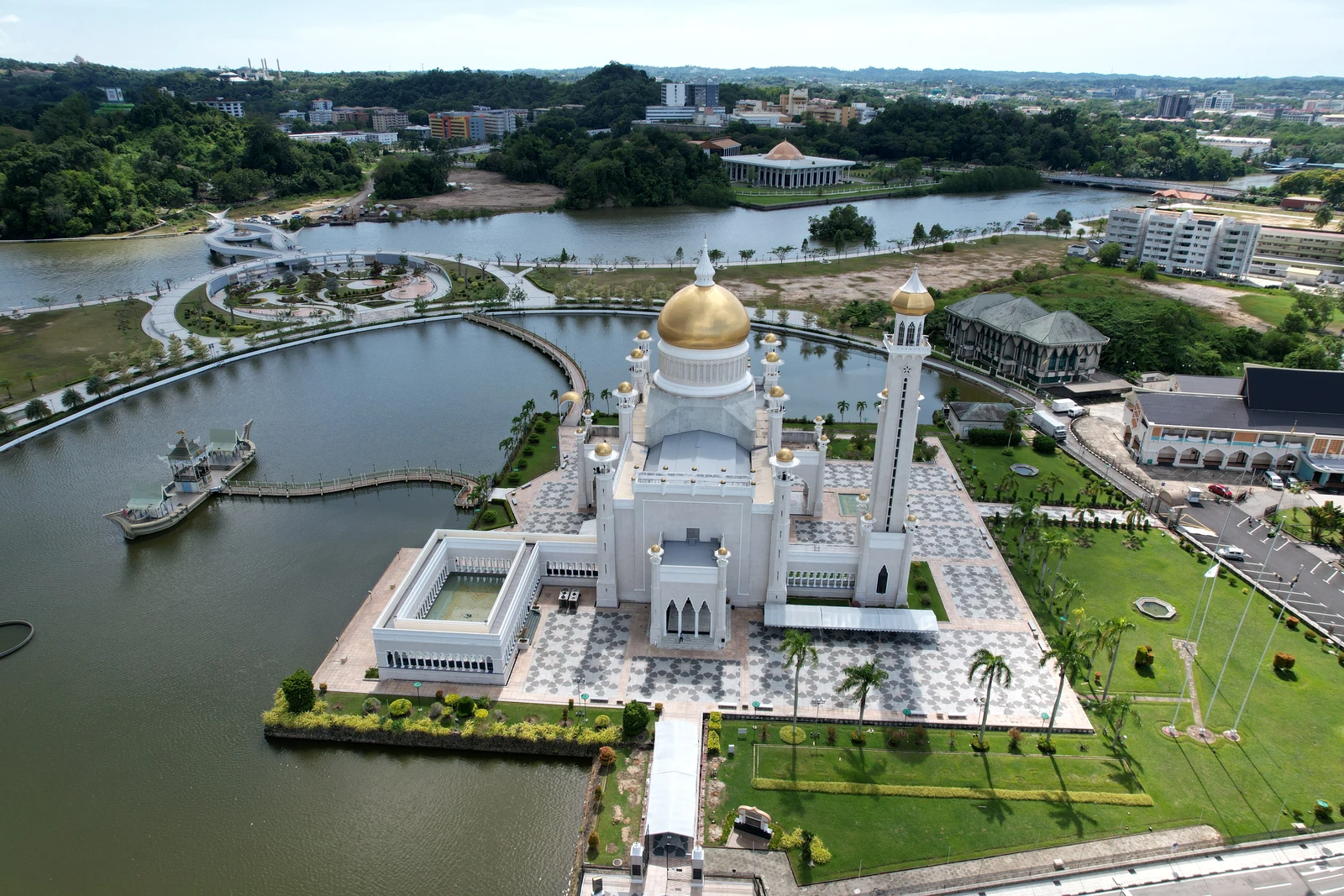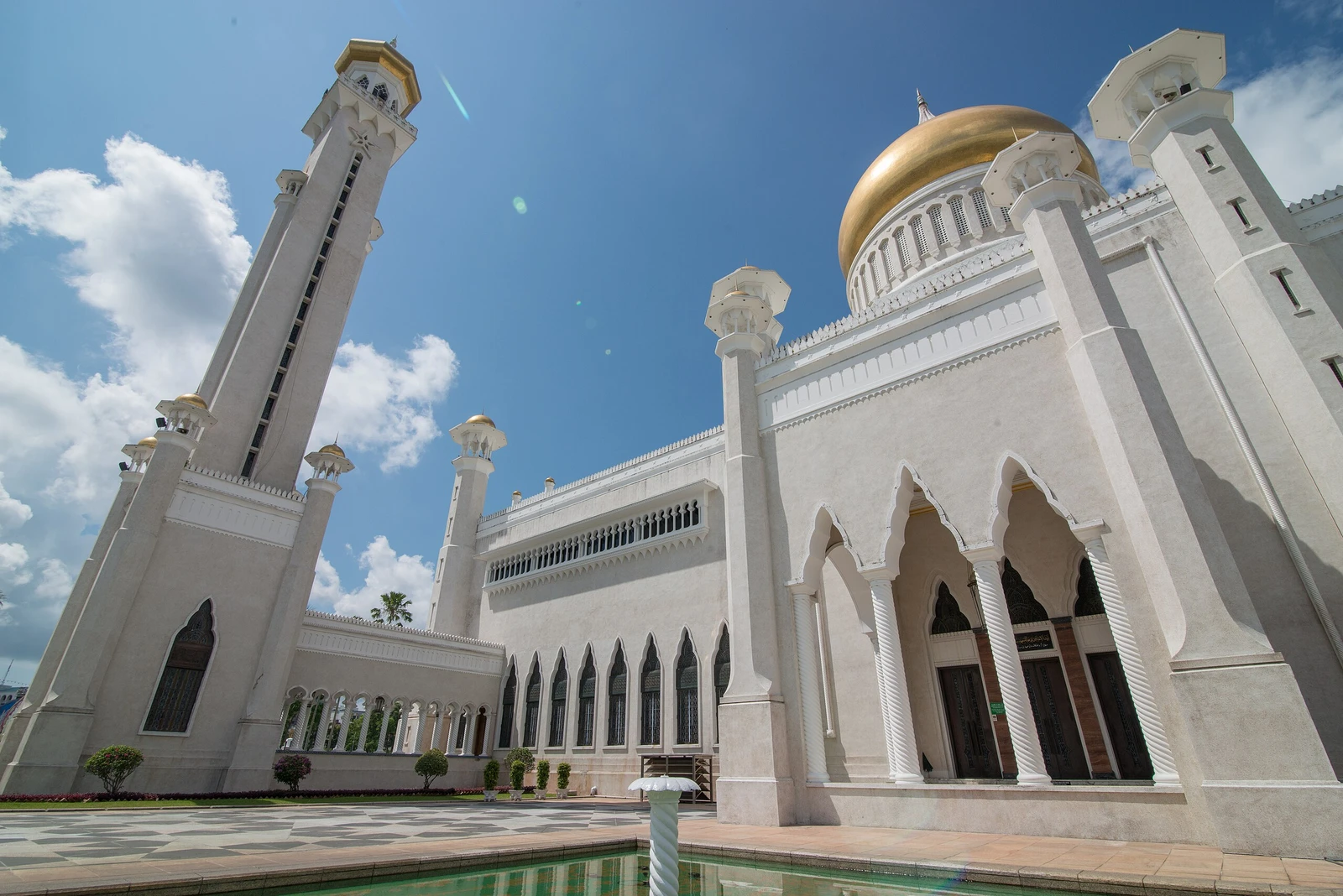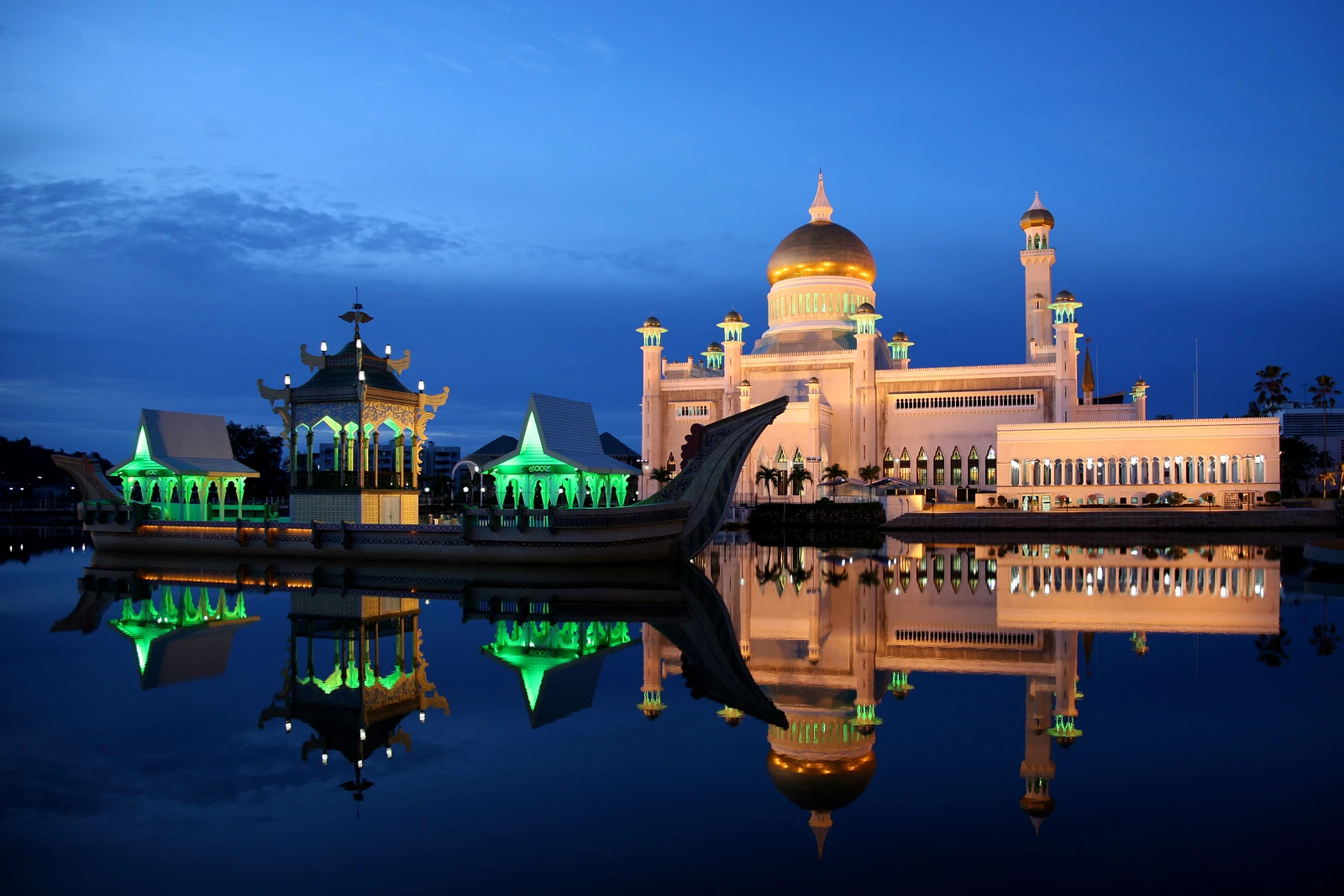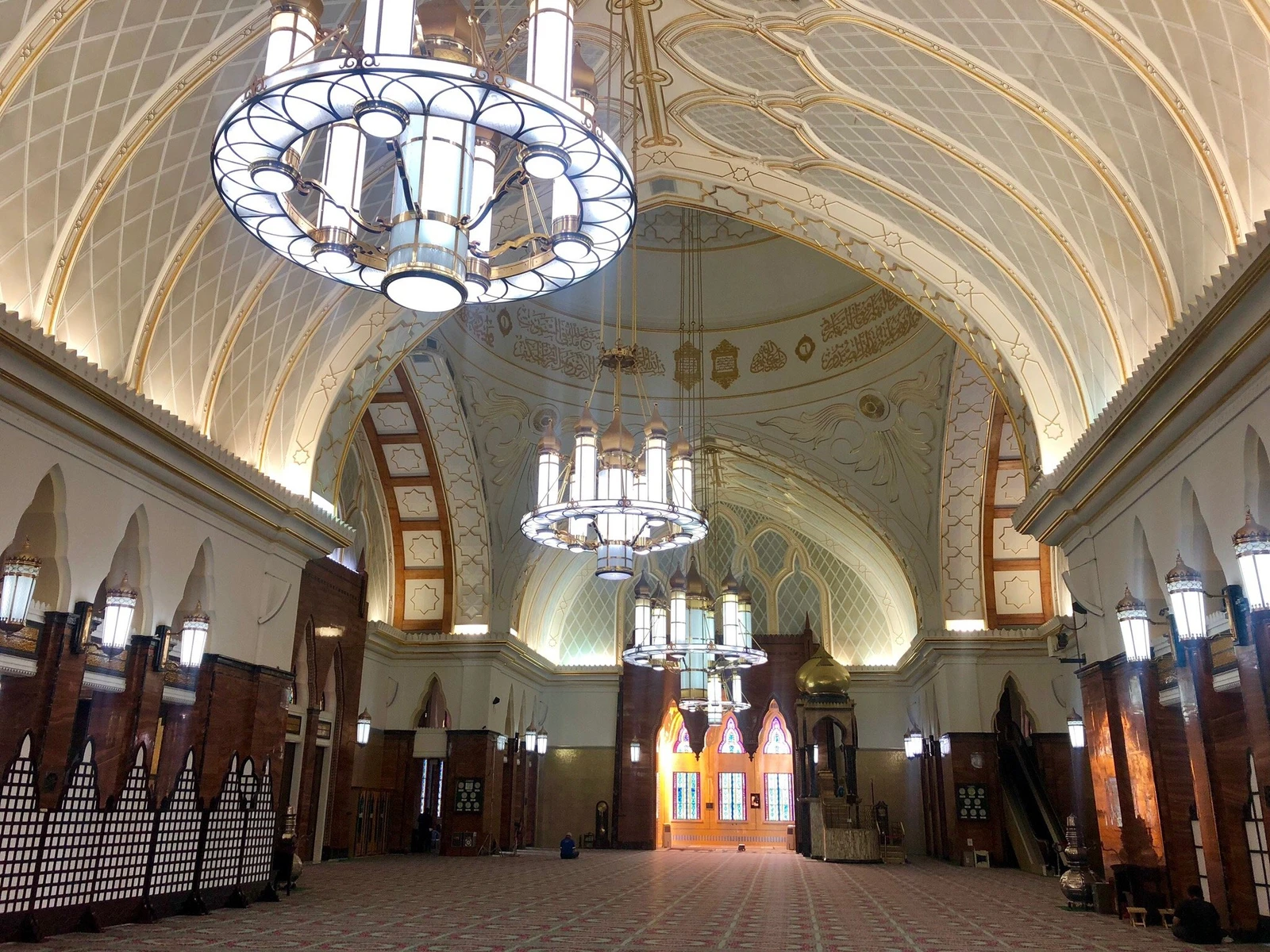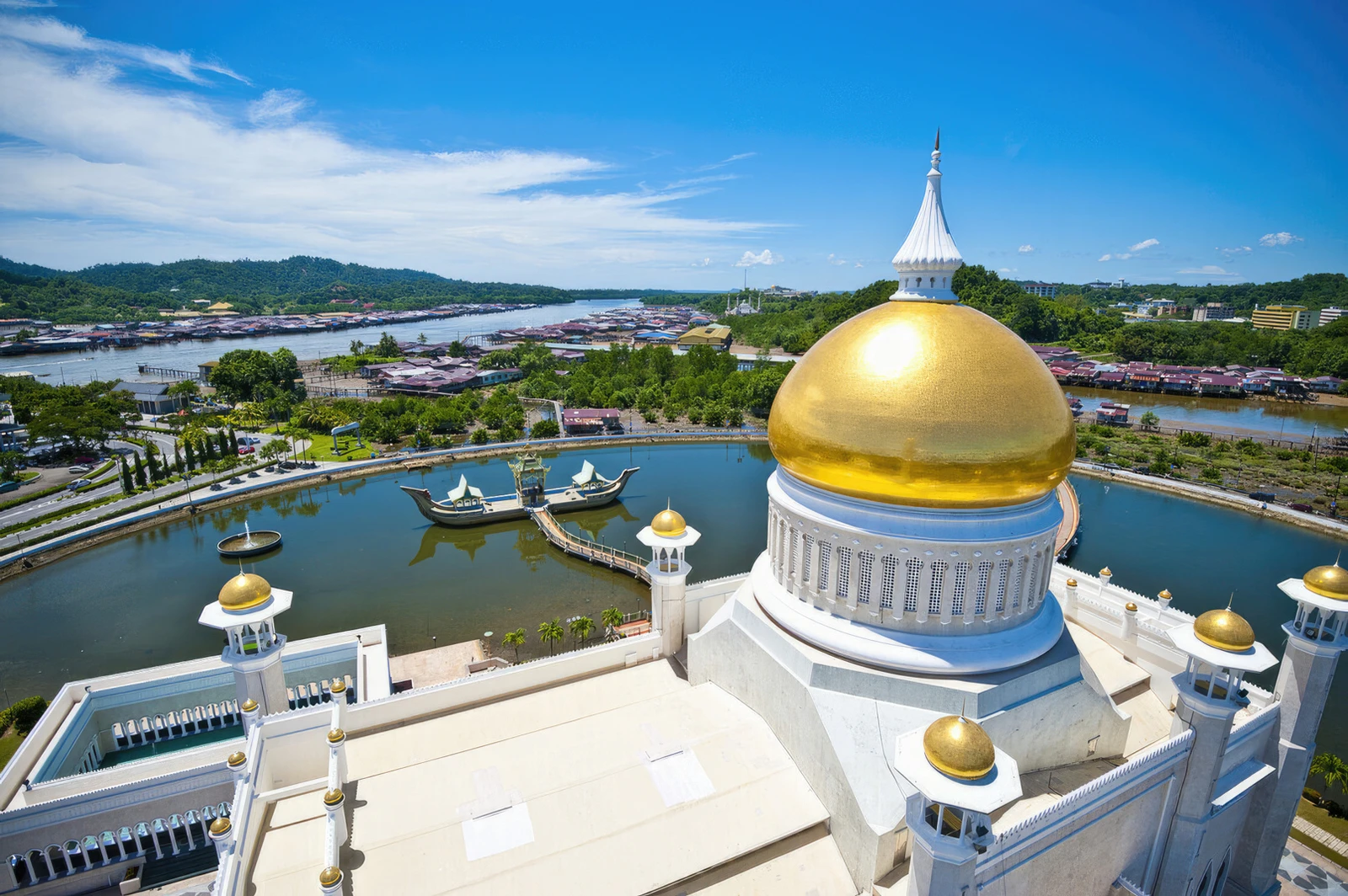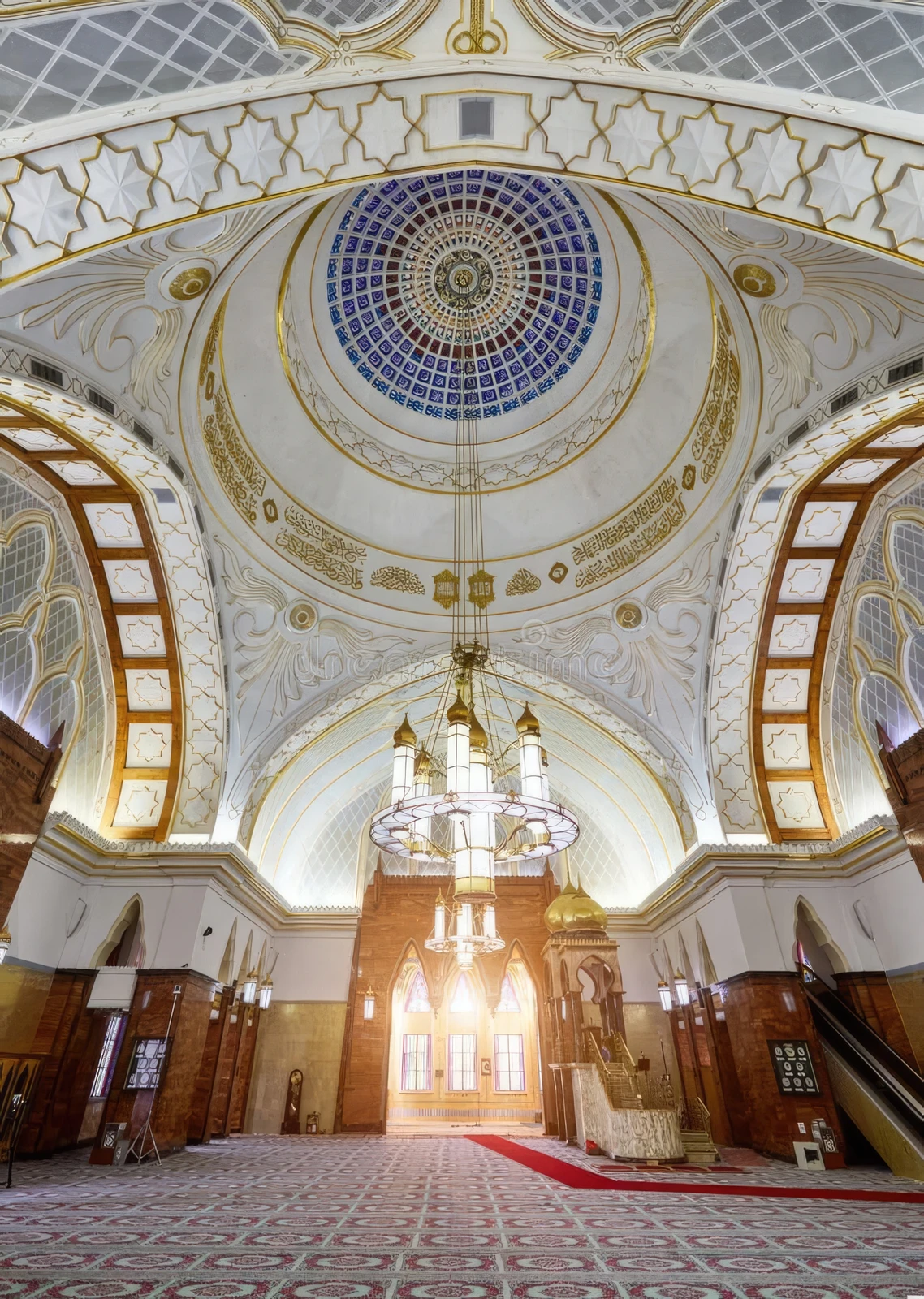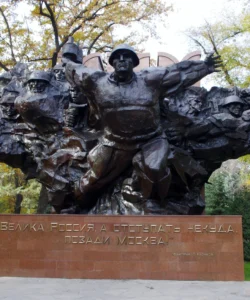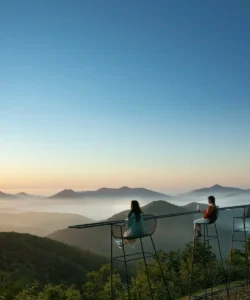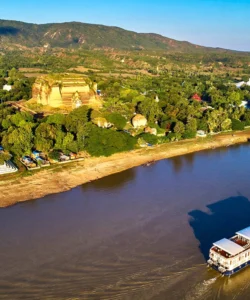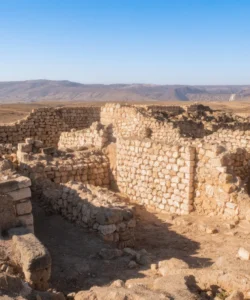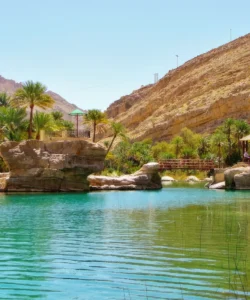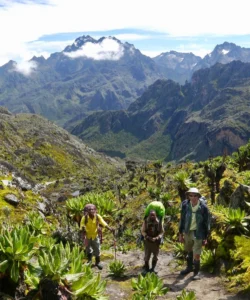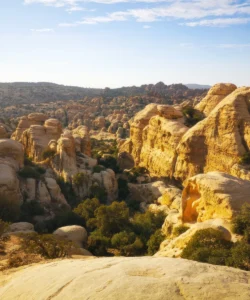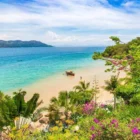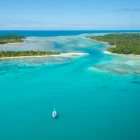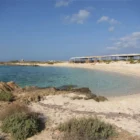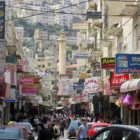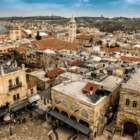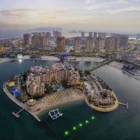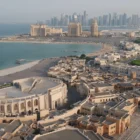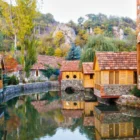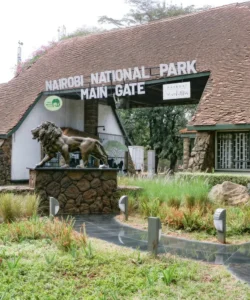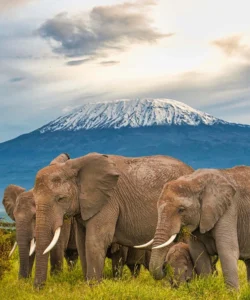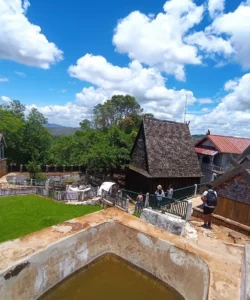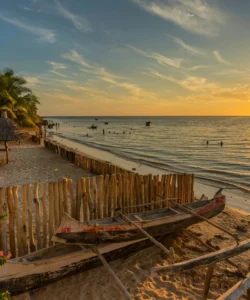The Sultan Omar Ali Saifuddien Mosque is a truly magnificent landmark in Bandar Seri Begawan, the capital of Brunei Darussalam. Completed in 1958, this grand royal Islamic mosque is not only a principal place of worship but also a powerful symbol of Brunei’s Islamic faith and its prosperity. It is widely regarded as one of the most beautiful mosques in the Asia-Pacific region.

Name: Sultan Omar Ali Saifuddien Mosque
Address: Jalan McArthur, Bandar Seri Begawan BS8711, Brunei Darussalam.
It is strategically built on an artificial lagoon on the banks of the Brunei River, near the historical Kampong Ayer (the “Water Village”), allowing for breathtaking reflections and a harmonious blend of nature and architecture.
How to Get There:
The mosque is centrally located and easily accessible within Bandar Seri Begawan.
- By Air: The closest airport is Brunei International Airport (BWN). From the airport, it’s a short 10-15 minute taxi or Grab ride to the mosque. Public buses also operate from the airport to Bandar Seri Begawan city center (approx. 15-20 minutes), and the mosque is then a short walk or taxi ride away.
- By Taxi/Ride-Sharing (Dart): Taxis and ride-sharing services like “Dart” (Brunei’s local equivalent to Grab) are readily available throughout Bandar Seri Begawan for direct transfers.
- By Foot: If staying in the central Bandar Seri Begawan area, the mosque is within walking distance.
- By Water Taxi (from Kampong Ayer): For a unique perspective, you can take a water taxi (small wooden boat) from Kampong Ayer (the Water Village) to various points near the mosque.
- Organized Tours: Many city tours in Brunei include a stop at the Sultan Omar Ali Saifuddien Mosque as a key highlight.
- Entrance Fee: Admission to the mosque grounds is generally free. Non-Muslims are welcome to visit during non-prayer hours but are required to dress modestly (long trousers, covered shoulders). Robes are often provided at the entrance for visitors who do not meet the dress code. The interior of the main prayer hall is usually for prayer only and not accessible to non-Muslim visitors.
Landscape and Architecture:
The Sultan Omar Ali Saifuddien Mosque is a stunning blend of Mughal and Italian architectural styles, designed to evoke a sense of heavenly serenity.
- Artificial Lagoon and Royal Barge: The mosque is uniquely set in an artificial lagoon on the banks of the Brunei River. This tranquil water body reflects the mosque’s grandeur, creating a picturesque setting. A marble bridge extends from the mosque across the lagoon to a stone replica of a 16th-century Sultan Bolkiah Mahligai (royal barge). This ornate barge, completed in 1967, was historically used for staging Quran reading competitions and adds a unique cultural and historical element to the mosque’s immediate surroundings.
- Golden Dome: The mosque’s most recognizable feature is its majestic main dome, which is covered in pure gold. This glistening golden dome, rising to a height of 52 meters (170 feet), is visible from virtually anywhere in Bandar Seri Begawan and symbolizes the country’s official religion of Islam. Some sources state the dome is made of 3.3 million pieces of gold Venetian mosaics.
- Italian Marble and Imported Materials: The mosque is constructed with the finest materials imported from around the world:
- Marble: Primarily Italian marble (from Carrera, Italy) forms the mosque’s columns, arches, walls, and floors, giving it a pristine white and luxurious appearance.
- Granite: Imported from Shanghai.
- Chandeliers and Stained Glass: Crystal chandeliers and stained glass windows were imported from England (some chandeliers weighing up to four tons).
- Carpets: Hand-made carpets were brought from Belgium and Saudi Arabia.
- Minarets and Renaissance/Italian Style: The main minaret, rising 52 meters (170 feet) high, is the tallest feature of the mosque and incorporates an unusual blend of Renaissance and Italian architectural styles, which is a rare feature for a mosque. It has an elevator to the top, offering panoramic views of the city (though public access to the top may vary). The mosque also has four smaller minarets, which, along with the main one, are said to represent the Five Pillars of Islam.
- Mughal Architecture Influence: The overall design of the mosque, particularly its grand scale, domes, arches, and courtyards, is heavily influenced by Mughal architecture from India (similar to the Taj Mahal or Red Fort), blended with local Bruneian and Islamic elements.
- Lush Gardens: The mosque is surrounded by meticulously maintained gardens with fountains, trees, and flowers, intended to symbolize an Islamic representation of heaven.
- Interior Decoration: While primarily for prayer, the interior is richly adorned with elements of Islamic art, including intricate Arabic calligraphy, geometric patterns, floral designs, and more stained glass. Local elements like the “kalat” (thick rope) shaped design are incorporated into the exterior columns.
What Makes It Famous:
- Symbol of Brunei’s Islamic Faith and Prosperity: The mosque is a powerful emblem of Brunei’s strong adherence to Islam and a testament to the Sultanate’s wealth and modernization.
- One of Southeast Asia’s Most Beautiful Mosques: It is consistently lauded as one of the most beautiful and visually stunning mosques in the entire Southeast Asian region, attracting admiration for its grandeur and serene beauty.
- Golden Dome and Artificial Lagoon: The combination of its magnificent pure gold main dome and its unique setting within an artificial lagoon, creating perfect reflections, is its most iconic and famous visual aspect.
- Architectural Fusion: Its harmonious blend of Mughal, Italian Renaissance, and local Bruneian architectural styles, designed by Italian architect Cavalieri R. Nolli (based on the Sultan’s initial ideas), makes it an architectural masterpiece.
- Royal Barge Replica: The presence of the stone replica of a 16th-century royal barge in the lagoon adds a unique cultural and historical dimension, serving as a stage for Quran reading competitions.
- Prominent Landmark: The mosque dominates the skyline of Bandar Seri Begawan and is the city’s most recognizable landmark, featured prominently in tourism imagery of Brunei.
- Historical Significance: Commissioned by Sultan Omar Ali Saifuddien III and opened in 1958, its construction marked a significant milestone in Brunei’s national development plan and has hosted numerous important state and religious ceremonies, including royal weddings.
Differences from Some Other Wonders:
- Floating Mosque Aesthetic: While not truly floating, its construction in an artificial lagoon makes it appear to float on water, creating a unique visual aesthetic. This design is less common for grand mosques compared to those built on solid ground or large riverbanks.
- Mughal-Italian Renaissance Fusion: While many Islamic mosques reflect regional or Ottoman styles, the Sultan Omar Ali Saifuddien Mosque distinctly blends Mughal architecture with European Renaissance and Italian influences (particularly in its main minaret), a less common synthesis, giving it a unique global architectural identity.
- Royal Barge Integration: The explicit inclusion of a replica of a 16th-century royal barge within its lagoon is a very specific and unique cultural feature, directly linking the mosque to Brunei’s royal history and maritime heritage in a ceremonial way.
- Younger Age with Old-World Grandeur: Compared to ancient wonders like Angkor Wat or Borobudur, or historical palaces like the Taj Mahal, the Sultan Omar Ali Saifuddien Mosque is a relatively modern construction (completed in 1958). Yet, its design deliberately evokes a sense of timeless grandeur and classical beauty, contrasting with very contemporary architectural forms.
- Symbol of a Monarchy’s Faith: While many mosques are symbols of faith, this one is explicitly named after a modern Sultan and was built under his direct supervision as a symbol of the Sultanate’s official religion and modern development, making its royal connection particularly strong and visible.
- Imported Materials: The extensive use of high-quality, globally sourced materials (Italian marble, English chandeliers, Saudi carpets) distinguishes its construction from monuments built primarily with local materials.
